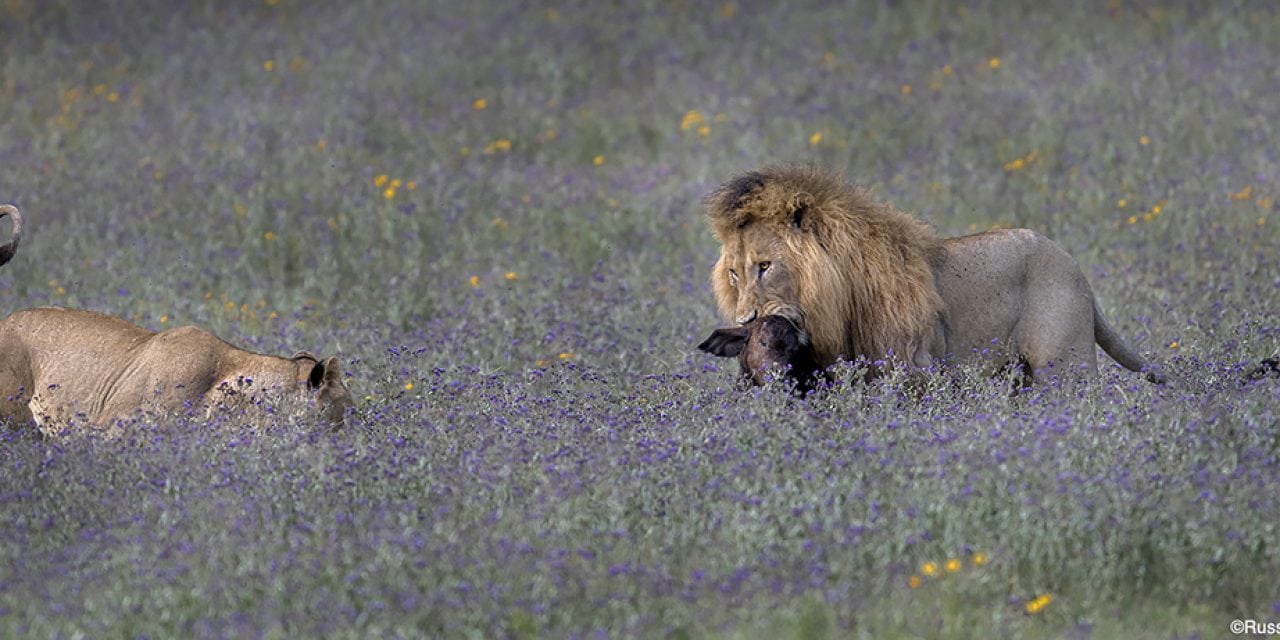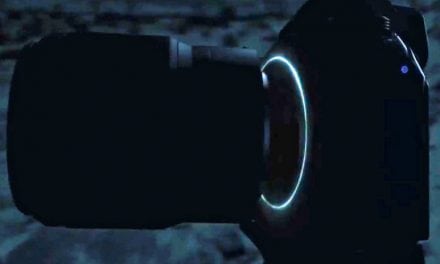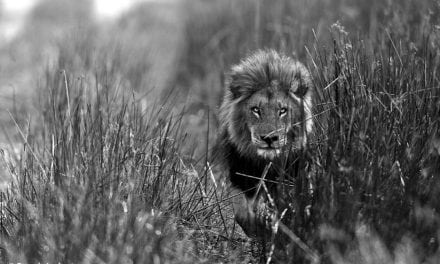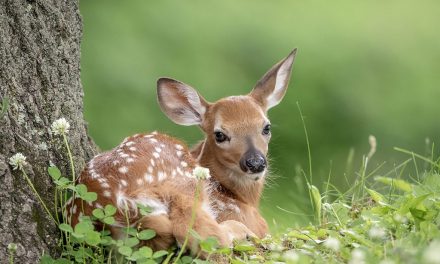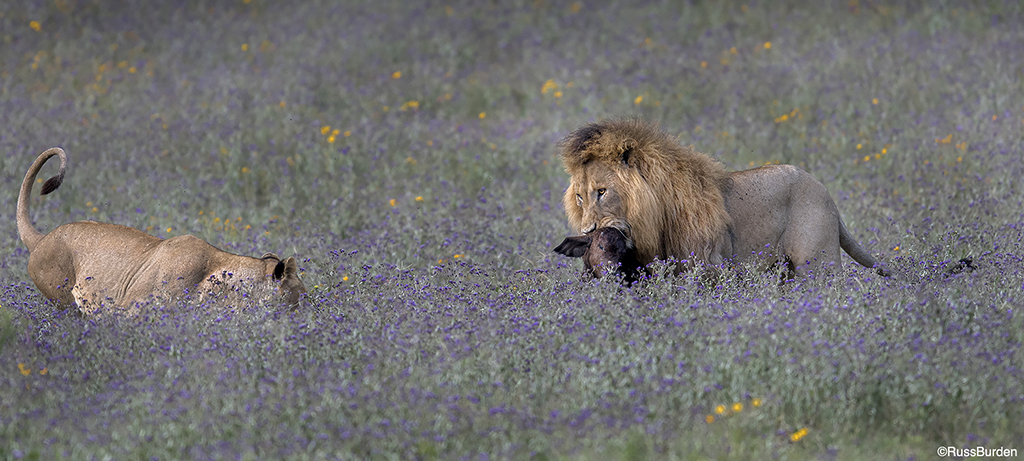
A camera’s lens records the world as seen by the photographer. The camera freezes history, exaggerates time via slow shutters, captures the brightest stars and probes the deepest shadows. Perhaps an irony, perhaps a coincidence and even a possibility, but one of the most photographed subjects captured with a camera is people. With this in mind, deeply ponder this—people have faces; kids are often photographed and they have small faces; Rod Stewart was the lead singer for Faces /Small Faces; Rod Stewart’s world-renowned album is Every Picture Tells A Story; his most famous song possesses the same title. While not every picture tells a story, I question why. Bring your photography to the next level and apply what’s below to get your pictures to tell stories. Humming the tune while you read is highly recommended!
Seeing Is Believing—or is it? Make a photo where a story is obviously depicted but it has an undetermined ending. Make it apparent to the viewer that a story exists, but let the observer draw his or her own conclusion regarding its outcome. The storytelling aspect is left open-ended and could go a few ways. In the above photo, is the male lion bringing his capture to offer as a gift to impress the lioness? Is the female ready to spring into action and steal the catch? Is there going to be a standoff between the two or will there be a conciliatory greeting? Are there cubs around that will get fed? There are many other open-ended scenarios. It’s often better to leave the viewer hanging as it forces him or her to probe deeper into the photograph, which is what you want. The more the photo is studied, scrutinized and examined, the longer it will be remembered.
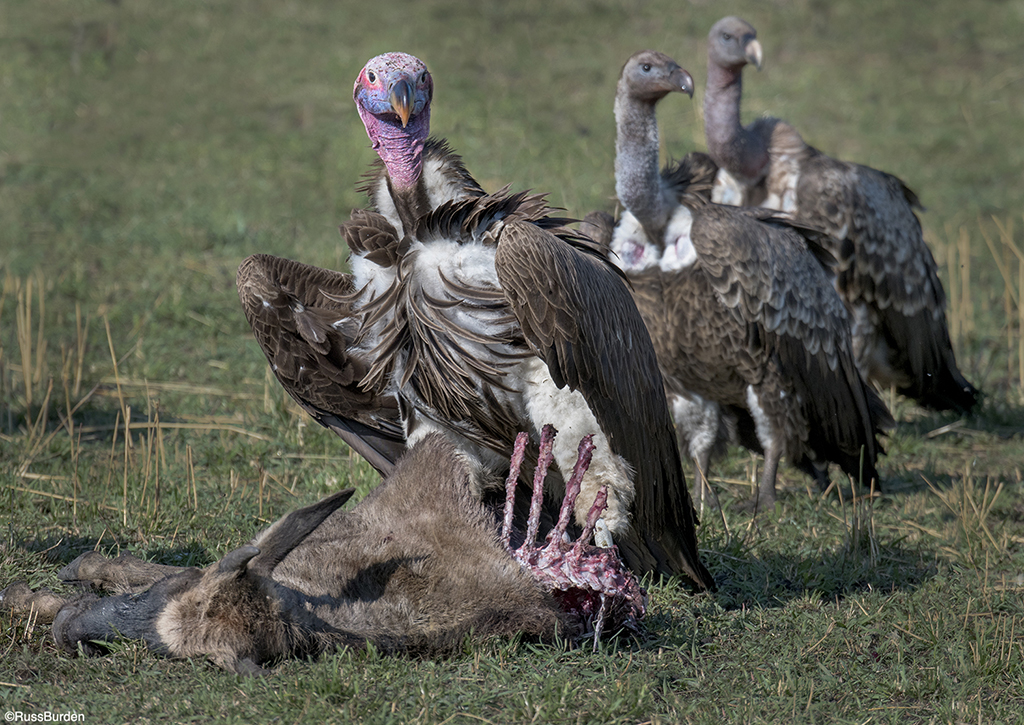
Show-And-Tell: Push beyond the simple recording of the scene. Wait for the peak moment where everything falls into place and the story is revealed. Press the shutter when the action or emotion reaches its climax. As the action unfolds, there may be a few instances where a storytelling image can be made. If so, treat it as a bonus and keep photographing until the action/interaction breaks up. Think about a movie that made you cry. What occurred at that exact moment that triggered your tears? Make the analogy—it’s at that exact moment you capture your photo. When I was photographing the baby baboon and its mother, there were a few moments that motivated me to make a photo, but when the mother put her arm around the baby’s head and looked down at it in a loving way, that was the moment that told the most complete story.
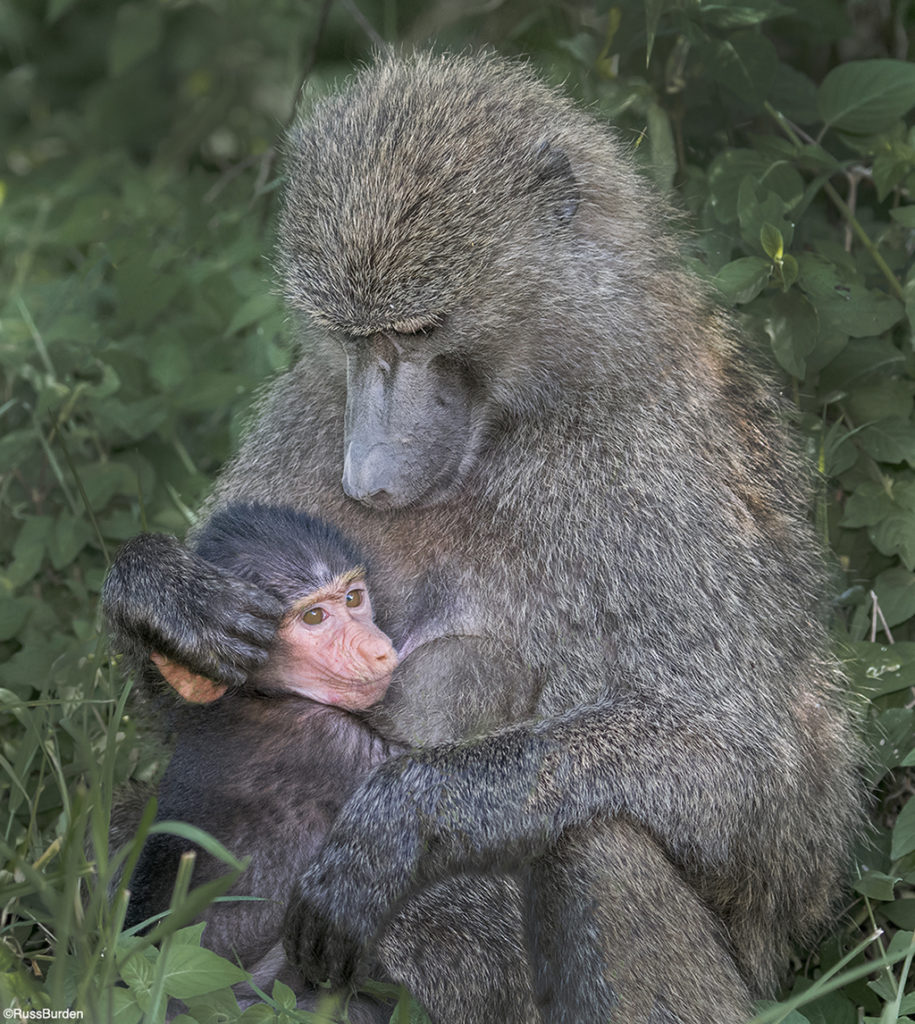
Frame It: While you simultaneously wait for “the moment,” you also need to scan the entire viewfinder to make sure you create a well-made image. Be sure to exclude peripheral elements that aren’t part of the story or that may detract from what you want to convey. Zero in on the subjects, as they’re the words. Be aware of your exposure, shutter speed, and aperture, as these are the sentences. If the sentences are garbled and grammatically incorrect, the story won’t make sense. Finally, be cognizant of the foreground and background to make sure you complete the paragraph. If the words, sentences and paragraphs all come together, the story will be well written.
Every Picture Tells A Story: To quote Rod Stewart, every picture does tell a story in the sense that every time you raise your camera to your eye, something compels you to do so. Your goal as a photographer is to convey the message to the viewer that motivated you to lift the camera and press the shutter.
Visit www.russburdenphotography.com for information about his nature photography tours and safari to Tanzania.
The post Every Picture Tells A Story appeared first on Outdoor Photographer.

